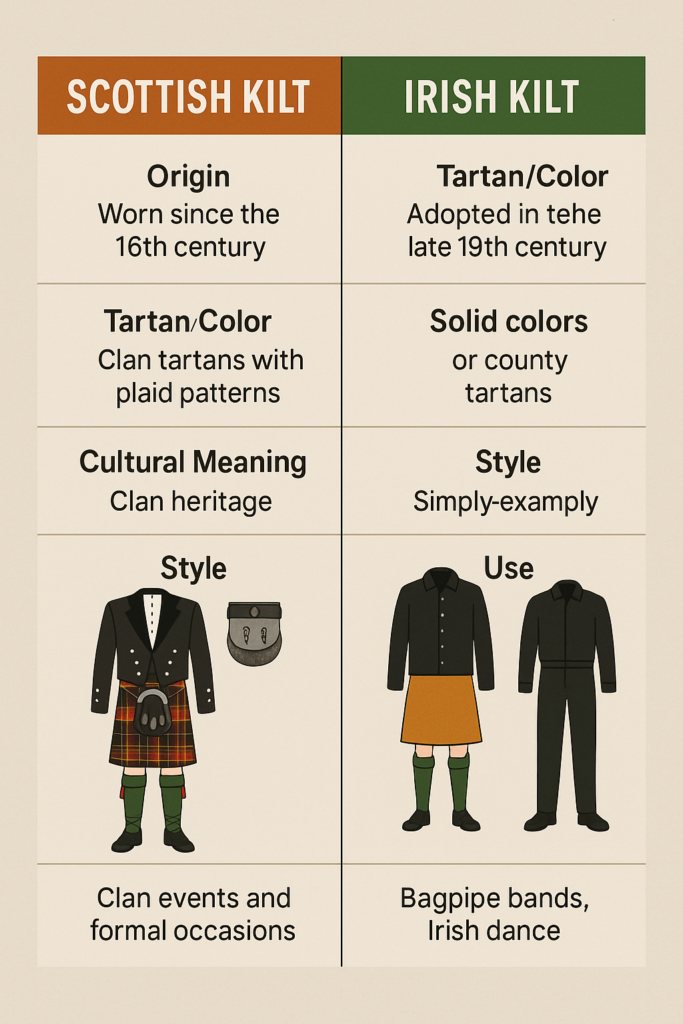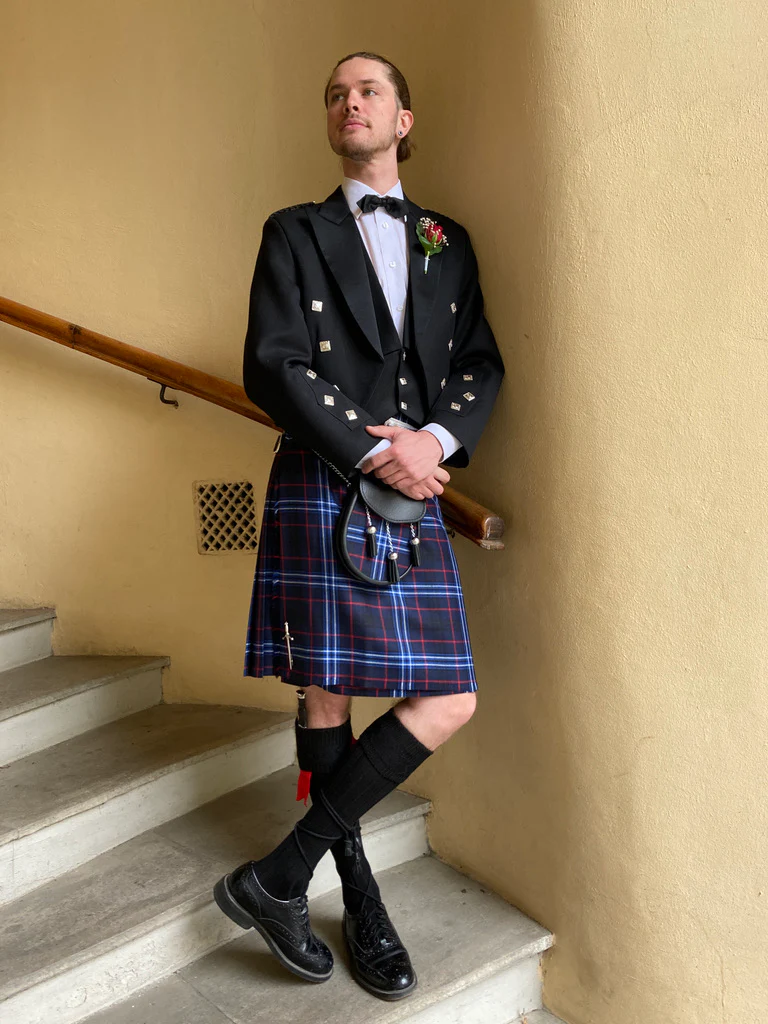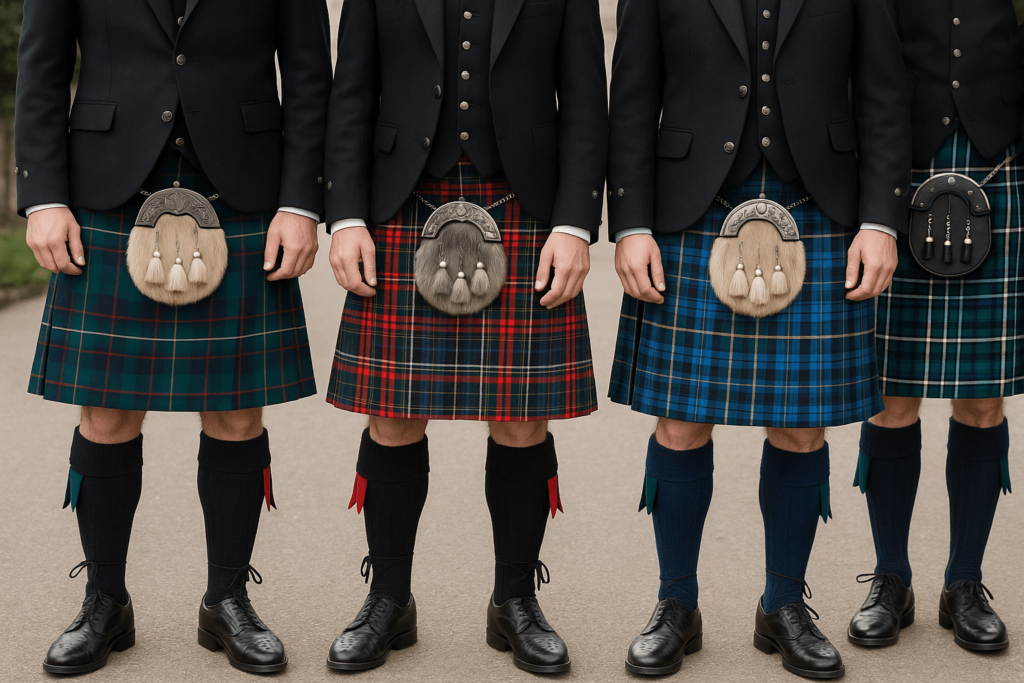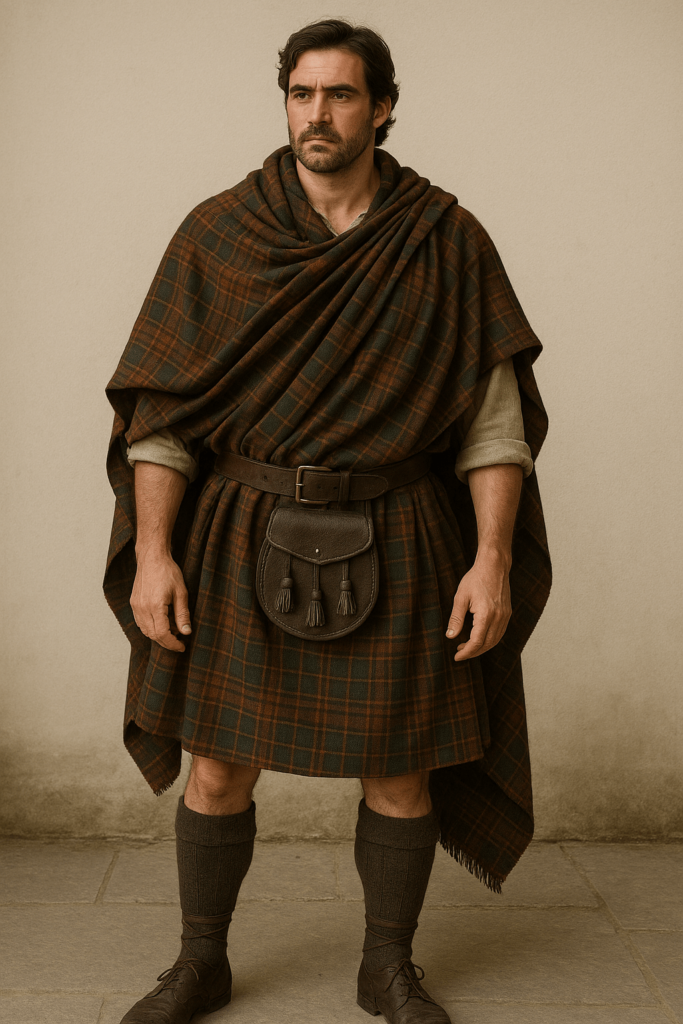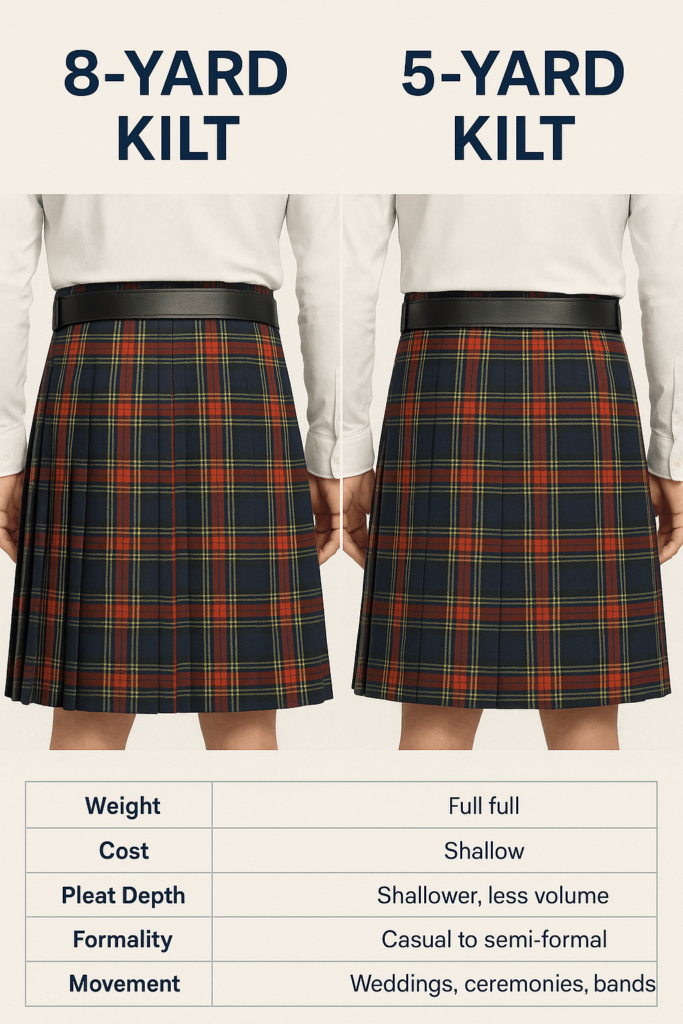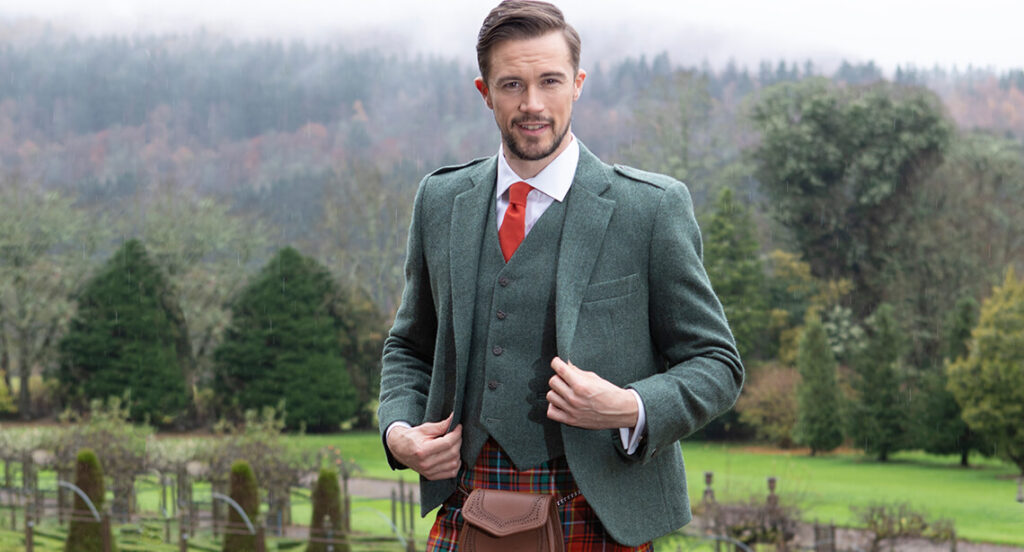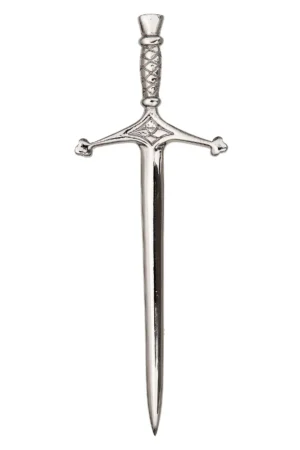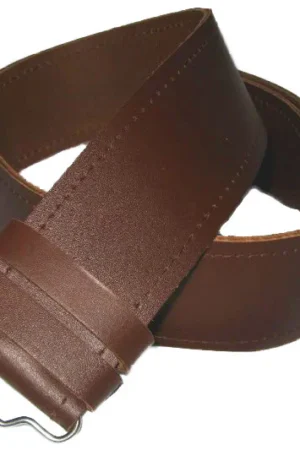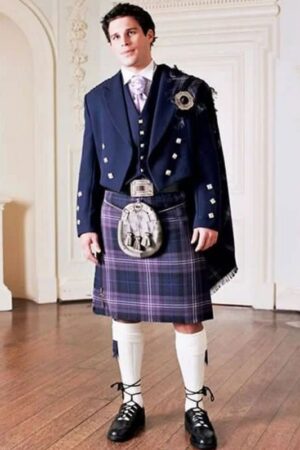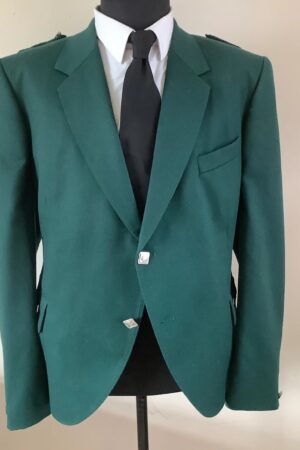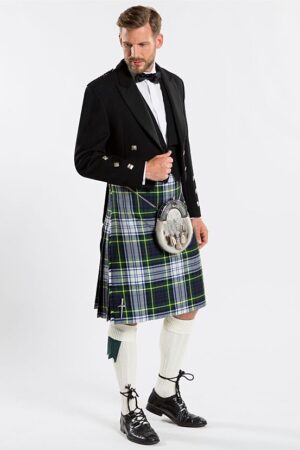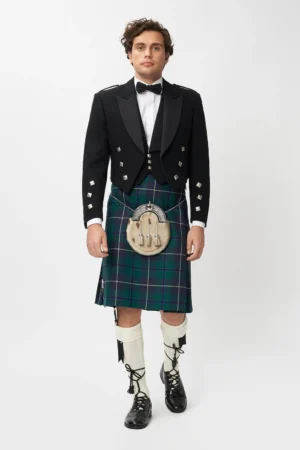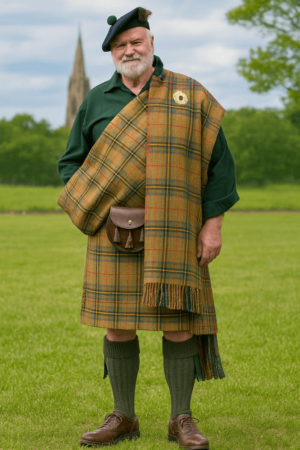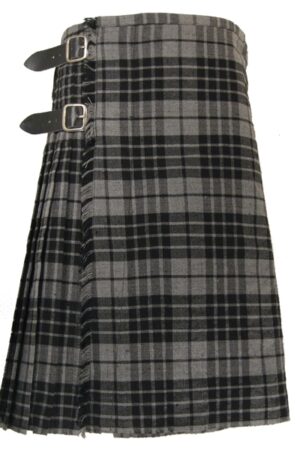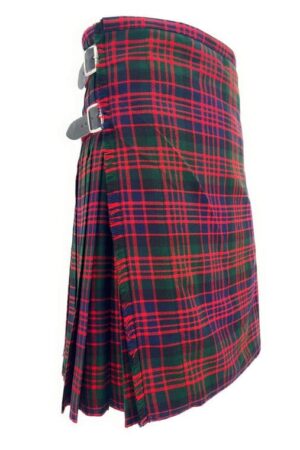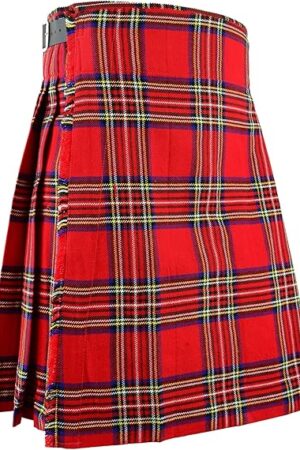Kilts are often seen as a symbol of Celtic pride—but did you know Scottish and Irish kilts aren’t the same thing? While they share a common ancestry and cultural vibe, these garments have distinct histories, styles, and meanings. Whether you’re tracing your roots or choosing a kilt for an event, it’s worth knowing what sets them apart.
Let’s break it down.
1. Origin and History
Scottish Kilt:
The kilt is most famously tied to Scotland, where it’s been worn for centuries. The earliest version—the great kilt (féileadh mòr)—dates back to the 16th century. It evolved into the tailored modern kilt in the 18th century. In Scotland, kilts became tightly connected to clan identity, with each clan having its own tartan.
Irish Kilt:
The kilt wasn’t widely worn in Ireland until much later. It gained popularity in the late 19th and early 20th centuries during the Gaelic Revival, a cultural movement to promote Irish language and identity. Irish kilts are not clan-based, and the tradition of wearing them has more to do with nationalism and pride in Gaelic heritage than specific family lineage.
2. Tartan vs. Solid Color
Scottish Kilts:
Scottish kilts almost always feature tartan patterns, and these patterns are tied to specific clans, regions, or military regiments. There are thousands of official tartans, each with symbolic colors and meanings.
Irish Kilts:
Irish kilts are often solid colors, especially saffron (a golden yellow), forest green, or black. These kilts are typically worn with simple designs and are not tied to family tartans. That said, Irish county tartans have been developed more recently, allowing wearers to represent their ancestral counties (e.g., Donegal, Clare, Cork).
3. Cultural Meaning
Scottish Kilts:
Wearing a Scottish kilt is often about clan heritage, Highland tradition, and historical identity. It’s common to see kilts at weddings, Highland games, and formal events, especially with full Highland dress.
Irish Kilts:
Irish kilts lean more toward national and cultural identity. They’re commonly seen in pipe bands, military events, parades, and Irish dance. While not as deeply embedded in ancient Irish tradition, they’ve become a strong symbol of Irish pride.
4. How They’re Worn
Scottish Style:
- Usually paired with:
- Prince Charlie or Argyle jacket
- Sporran
- Kilt hose and flashes
- Ghillie brogues
- Belt and buckle
- Accessories often match the tartan’s formality and colors.
Irish Style:
- Often worn with:
- Solid black or military-style jacket
- Saffron kilt or county tartan
- Long socks (sometimes white)
- Black shoes or boots
- Shamrock pins or Irish harp insignia
Irish kilt outfits tend to be simpler and less heavily accessorized than full Scottish Highland dress.
5. Modern Use
In Scotland:
Kilts are a living tradition—formal wear, festive wear, and a proud display of ancestry. Most Scottish men know their family tartan or have adopted one for their region.
In Ireland:
Kilts are more often worn by:
- Bagpipe bands
- Irish dancers
- Cultural or patriotic events
- Military groups, such as the Irish Defence Forces’ pipers
They’re less likely to be worn casually or passed down through generations like in Scotland.
6. Can You Wear Either One?
Absolutely. If you’re of Scottish or Irish descent, or just want to honor the culture respectfully, you can wear either. If you don’t have a family tartan, you can opt for a universal tartan, a district tartan, or one from your Irish county.
For those without Celtic roots, it’s still perfectly acceptable to wear a kilt—just do so with understanding and appreciation, not as a costume.
Final Thoughts
The Scottish kilt is steeped in centuries of Highland clan history, while the Irish kilt is a modern symbol of Gaelic pride and nationalism. They may look similar at first glance, but the backstory, design, and cultural context tell two different tales.
Whether you’re repping your clan, your county, or just rocking the kilt for the love of heritage, both styles celebrate Celtic identity with style and strength.
